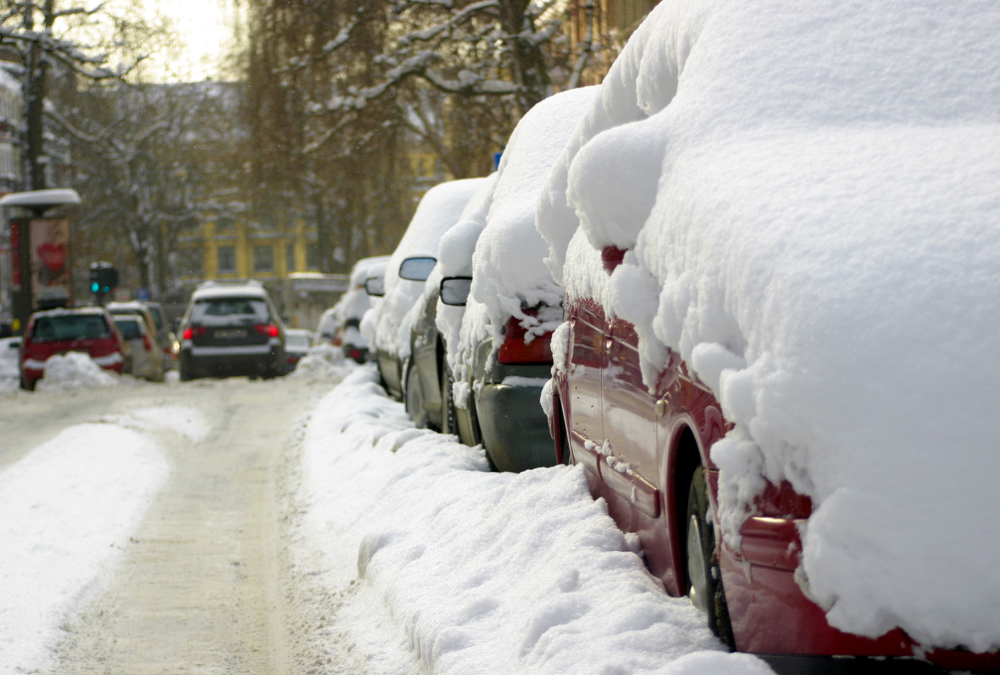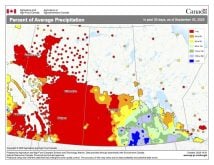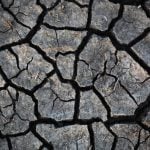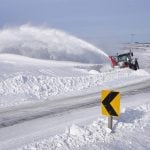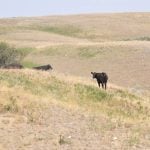There are a few different weather topics to cover in this issue. You might expect a summary of the first winter storm, but due to the timing of that storm and my deadline, the summary will have to wait until next article. I have also had a few emails coming in asking me to comment on the COP26 talks. While I do follow what is going on in these talks, I find that so many mainstream media outlets, with reporters actually attending the talks, have covered them, so I will leave the summaries to them. I would like to talk about some of the problems that arise from mainstream media covering topics such as these, though, and how it can actually hurt or negatively impact what needs to be done about climate warming.
Read Also
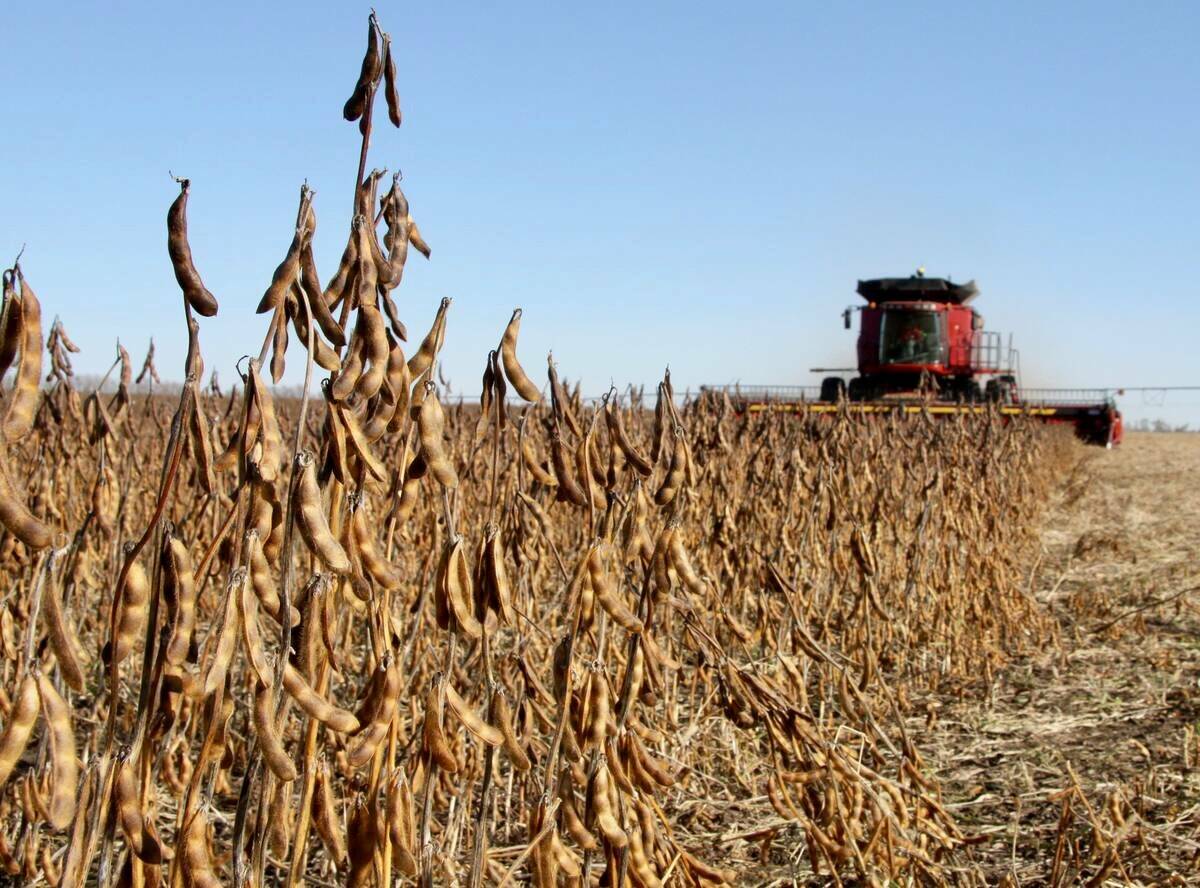
October rain recharges Manitoba soils
Daniel Bezte looks back on October weather on the Prairies and looks ahead to see whether there’s any consensus for this winter’s weather.
I have talked about this topic in the past, but I feel I need to bring it up once more. You might have noticed that I called the topic ‘climate warming,’ not ‘climate change.’ The term ‘global warming’ is fine, but I feel it has been so overused that it has taken on a bit of a negative connotation. Some people will say it is simply semantics, and no matter how you say it, it all means the same thing. I don’t agree with that. As with a number of topics lately, there tends to be a strong polarization within society. Either you agree or believe the topic, or you adamantly disagree with it. Very few people seem to be in-between. It almost seems like people take pleasure in going against something simply to be different or to stir the pot, but I digress. What I want to discuss is the whole idea of climate warming, what it means, and why the media is often overstating or misusing the terminology associated with this topic — and sometimes inadvertently driving the polarization of the topic.
To understand the topic, one must first understand the difference between weather and climate. Weather is the day-to-day happenings within the atmosphere. It can fluctuate greatly depending on where you are on Earth and the time of the year. Living on the Canadian Prairies, we know this first hand. One day you’re out walking or biking with short sleeves in early November and a couple of days later you’re digging out from a snowstorm. That is weather. There will be warm weather, cold weather, stormy weather, nice weather. Sometimes we will break weather records for warm, cold, rain or snow. That is going to happen; there is a huge amount of variation in weather.
Climate, on the other hand, is the averaging out of the day-to-day weather over a much longer period of time. These longer periods range from months to years to decades and even several centuries. The advantage of looking at climate data is that this averaging helps to smooth or remove the large swings or changes we see in day-to-day weather.
OK, now let’s tie this in with the term ‘climate warming’ or ‘global warming.’ I like the term ‘climate warming’ as it refers to the climate, or the long-term trends in the weather, and not the day-to-day weather events. Often the media is too quick to label a weather event as climate or global warming event. Oh, they might sneak a line in somewhere that correctly points out that the type of event they are reporting on had a greater likelihood of happening because of climate warming, but this is often missed in the headline or the short quick summary that readers often take from the article.
An example of this from our part of the world, which I noticed almost immediately, was brought to my attention by a reader regarding the warm fall weather we had. Several articles were written about it and, to help pull in readers, a connection was made to climate warming as the likely cause. Maybe, but maybe not. A nice warm fall is just weather. This fall was nice and warm, but not as warm as the fall of 1963. In that year the first fall frost didn’t occur until Oct. 29; combine that with a last spring frost on May 22, and you end up with 160 frost-free days. Now that was a warm fall and extremely long frost-free year. But that too is just weather.
Trending
To properly tie in weather events to climate warming, you need to talk about the climate — the longer-term trends in the weather. Are we seeing more falls with warmer temperatures over time? Are overnight lows on average warmer now than they were 20, 30 or 40 years ago?
We are always going to see occasional record-high and -low temperatures. The question is, are we seeing more record highs than record lows? For the media to simply jump on one hot spell with record highs and say, “See, this is climate warming,” doesn’t always help.
By the way, all answers to the above questions are yes; overnight lows are trending warmer and the number of record highs are well outpacing record lows. Fall temperatures — not sure, I would have to dig into that one. Winter temperatures are definitely a trend to warmer winters.
Hopefully I didn’t ramble on too much, but just remember: it is climate or long-term warming, not necessarily day-to-day weather, and it is global, which can be tough to remember when you are just trying to survive in your little part of the world… in a blizzard.


